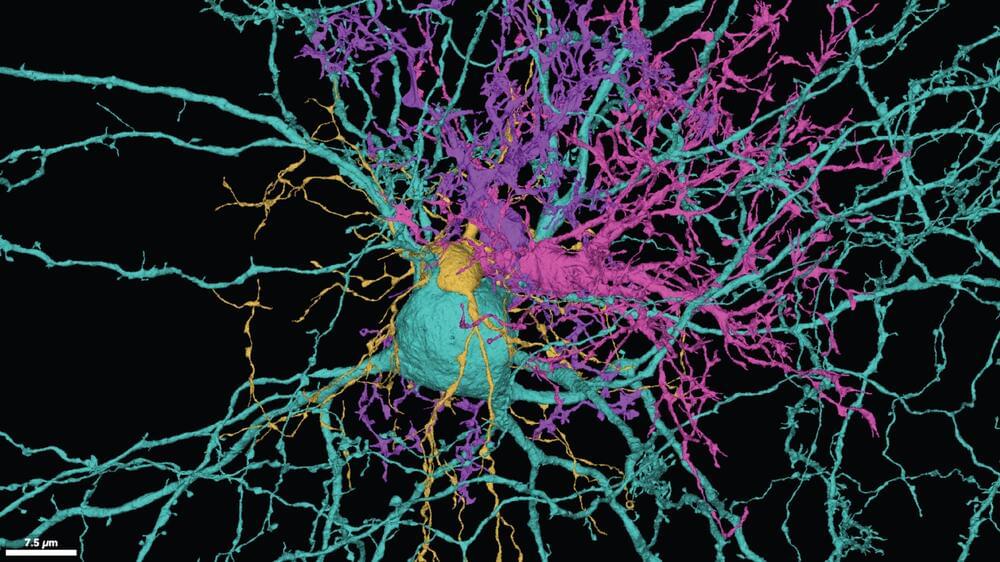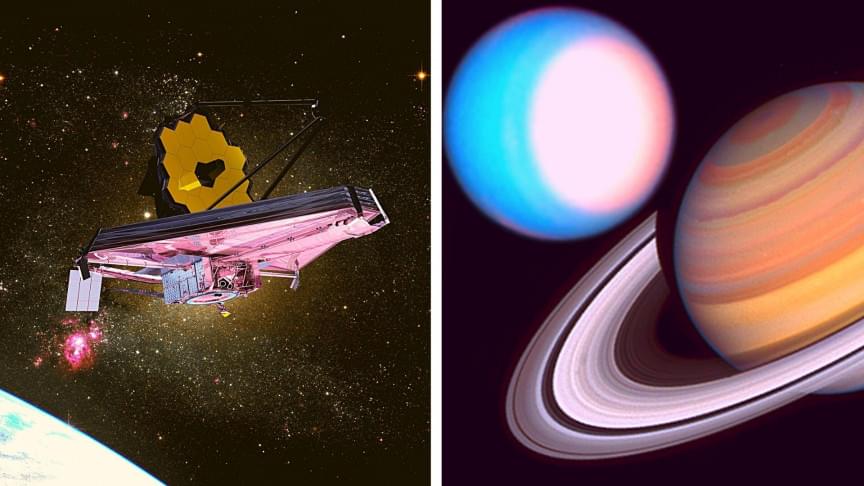The politics of Earth play out on the Moon, too.
China and Russia’s space agencies are planning a rival to NASA’s Lunar Gateway. Here’s what you need to know about their ambitions and timeline.


😃
DeepMind has released what it calls a “generalist” AI called Gato, which can play Atari games, accurately caption images, chat naturally with a human and stack coloured blocks with a robot arm, among 600 other tasks. But is Gato truly intelligent – having artificial general intelligence – or is it just an AI model with a few extra tricks up its sleeve?
What is artificial general intelligence (AGI)?
Outside science fiction, AI is limited to niche tasks. It has seen plenty of success recently in solving a huge range of problems, from writing software to protein folding and even creating beer recipes, but individual AI models have limited, specific abilities. A model trained for one task is of little use for another.



This AI powered prosthetic arm understands what you think. Muscle-controlled prosthetic limbs that patients with amputations across the globe currently use have various limitations and challenges. Good quality prosthetics parts are cumbersome, come with a complex setup, and require patients to undergo training for several months to learn their use. Interestingly, a new technology proposed by a team of researchers at the University of Minnesota (UMN) can overcome all such challenges.
It may sound like science-fiction, but the researchers claim that the new technology would allow patients to control robotic body parts using their thoughts. By employing artificial intelligence and machine learning, the researchers at UMN have developed a portable neuroprosthetic hand. The robotic hand comes equipped with a nerve implant linked to the peripheral nerve in a patient’s arm.
Explaining the significance of their neuroprosthetic innovation, project collaborator and UMN neuroscientist Edward Keefer said, “We are well along the way toward allowing upper limb amputees at least, and other people in the future, to have totally natural and intuitive control of their prosthetic devices.” ## THE NEUROPROSTHETIC HAND IS DIFFERENT FROM YOUR REGULAR PROSTHETIC LIMBS
The prosthetic body parts currently available on the market detect shoulder, chest, or muscle movement. They have sensors to recognize signals in specific regions of the human body. Therefore, every time a patient wants to move his hand, he is required to trigger his body muscles. Adapting to such muscle-driven limb movement is not easy for patients, and many such devices are not suitable for physically weak individuals.
Some advanced and efficient muscle-sensitive prosthetics come with complex wiring and other arrangements that make them difficult to use. The amputees have to go through a lot of training to adjust to such devices, which often increases frustration and stress. Now imagine a device that starts working immediately, is less invasive, requires no training, no muscle activation, and no complex setup.
The neuroprosthetic arm enables the patients to move their arms simply at the will of their minds. It is an efficient, easy to use, and a lot more intuitive alternative to any commercial prosthetic system available.

Second time’s the charm.
Orbital Flight Test-2 will test @BoeingSpace’s #Starliner spacecraft from launch to docking to return to Earth, providing data to prove it’s ready to fly astronauts. What you need to know: https://go.nasa.gov/3sNEGlI.
Watch starting at 6pm ET (22:00 UTC): https://go.nasa.gov/3NlzX2o

Preparedness For Emerging Diseases & Zoonoses — Dr. Maria Van Kerkhove, Ph.D., Emerging Diseases and Zoonoses Unit Head, World Health Organization, (WHO)
Dr. Maria Van Kerkhove, Ph.D., (https://www.imperial.ac.uk/people/m.vankerkhove) is an infectious disease epidemiologist who serves as the technical lead for the COVID-19 response at the World Health Organization (https://www.who.int/en/), where she develops guidance, training programs, and information products for the continuously evolving state of the pandemic, as well serving as the Emerging Diseases and Zoonoses Unit Head.
Dr. Van Kerkhove began her journey in global health given her interest in viruses and how they infect and impact both humans and animals. She received her undergraduate degree in biological sciences from Cornell University, her master’s degree in epidemiology from Stanford University, and a PhD in infectious disease epidemiology from the London School of Tropical Hygiene and Medicine where she authored her PhD on pathogenic avian influenza H5N1 in Cambodia.
Following her PhD, Dr. Van Kerkhove was a postdoctoral researcher with the WHO and acted as a liaison for the Imperial College London’s Medical Research Council Centre for Outbreak Analysis.
Dr. Van Kerkhove continued working with the WHO and prior to COVID-19, was serving as the MERS-CoV Technical Lead in addition to being the Unit Head for the Emerging Disease and Zoonoses Unit. Her focus in these areas includes developing prevention and control programs around high threat respiratory pathogens.